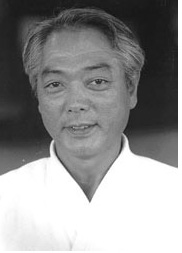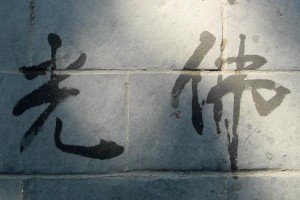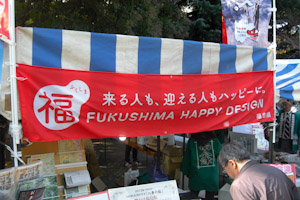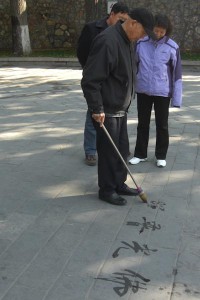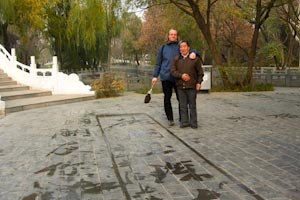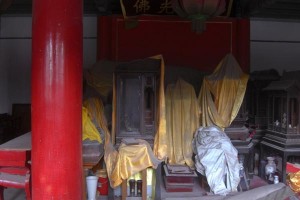A Christmas Carol
Nothing wrong with reciting Charles Dickens’ novella, like last year, and the year before, and the year before last year … just in case some of my blog’s Zen-inspired readers are looking for something new for this year’s Christmas, let me recommend “Before the Law” (Vor dem Gesetz) by Franz Kafka.
As a young Zen student, I heard from my seniors things like “it is impossible for us to master Zen”, “only the Chinese and Japanese Monks of past periods had a chance to achieve understanding”, or “you must give up everything” for living a Zen-life.
Well, yes, never mind … all these words are the words of the gatekeeper in Kafka’s parable, and after reading it, you know that his only purpose is to guard the gate dedicated for you to enter. Don’t waste your time listening to his words, or start counting the flees in his coat … just enter, straight away, or leave and let him and The Law alone … it might anyway not be what you are looking for!
I wonder if Kafka was aware of Mumon Ekai’s Mumonkan? For sure, he is a much misunderstood Western Zen-writer …
